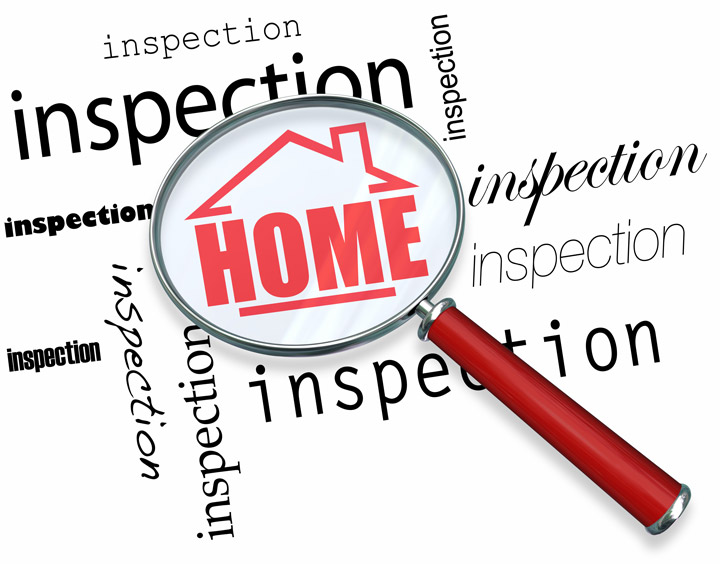
Comprehending AppraisalsAcquiring a house can be the most important financial decision some people might ever make. It doesn't matter if a main residence, an additional vacation home or an investment, purchasing real property is an involved transaction that requires multiple people working in concert to see it through. You're probably familiar with the parties having a role in the transaction. The real estate agent is the most recognizable face in the transaction. Then, the mortgage company provides the financial capital needed to fund the transaction. And ensuring all requirements of the transaction are completed and that a clear title passes to the buyer from the seller is the title company. So, what party makes sure the real estate is worth the purchase price? This is where you meet the appraiser. We provide an unbiased opinion of what a buyer could expect to pay — or a seller receive — for a parcel of real estate, where both buyer and seller are informed parties. A licensed, certified, professional appraiser from Rocky Mountain Appraisal Network will ensure, you as an interested party, are informed. The inspection is where an appraisal startsOur first responsibility at Rocky Mountain Appraisal Network is to inspect the property to ascertain its true status. We must see features first hand, such as the number of bedrooms and bathrooms, the location, living areas, etc, to ensure they indeed exist and are in the shape a reasonable person would expect them to be. To ensure the stated size of the property has not been misrepresented and describe the layout of the property, the inspection often includes creating a sketch of the floorplan. Most importantly, the appraiser looks for any obvious features - or defects - that would affect the value of the house. Next, after the inspection, we use two or three approaches to determining the value of real property: a sales comparison, a replacement cost calculation, and an income approach when rental properties are prevalent. 
Replacement CostHere, the appraiser uses information on local building costs, labor rates and other elements to derive how much it would cost to replace the property being appraised. This figure commonly sets the maximum on what a property would sell for. The cost approach is also the least used predictor of value. 
Sales ComparisonAppraisers become very familiar with the neighborhoods in which they appraise. They innately understand the value of particular features to the people of that area. Then, the appraiser researches recent transactions in the neighborhood and finds properties which are 'comparable' to the home being appraised. Using knowledge of the value of certain items such as square footage, extra bathrooms, hardwood floors, fireplaces or view lots (just to name a few), we adjust the comparable properties so that they more accurately match the features of subject.
A valid estimate of what the subject might sell for can only be determined once all differences between the comps and the subject have been evaluated. At Rocky Mountain Appraisal Network, we are experts when it comes to knowing the worth of particular items in Littleton and Douglas County neighborhoods. The sales comparison approach to value is typically awarded the most weight when an appraisal is for a real estate exchange. Valuation Using the Income ApproachA third way of valuing real estate is sometimes used when an area has a reasonable number of renter occupied properties. In this situation, the amount of revenue the property yields is factored in with income produced by nearby properties to give an indicator of the current value. The Bottom LineExamining the data from all applicable approaches, the appraiser is then ready to state an estimated market value for the property at hand. The estimate of value at the bottom of the appraisal report is not always the final sales price even though it is likely the best indication of what a property is worth. Depending on the specific situations of the buyer or seller, their level of urgency or a buyer's desire for that exact property, the closing price of a home can always be driven up or down.Regardless, the appraised value is typically employed as a guideline for lenders who don't want to loan a buyer more money than they could recover in the event they had to put the property on the market again. At the end of the day, an appraiser from Rocky Mountain Appraisal Network will guarantee you attain the most fair and balanced property value, so you can make profitable real estate decisions. |